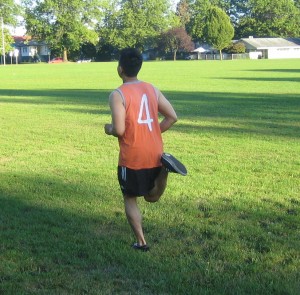Spending time outdoors during the summer season has been a favored activity by many individuals. Many spend time on picnics or enjoying the waves in the beach while some simply spend a leisurely afternoon tending their garden or backyard. Being outside is truly enjoyable but there are potential threats to watch out for, especially those who have allergies to the bee toxin.
Most cases of bee stings can cause minimal discomfort but some individuals can end up with a severe allergic reaction to the bee venom from a sting. The allergic reactions to bees can occur anytime; even if the individual only has mild reactions to bee stings in the past. Being familiar with the symptoms of an allergic reaction is vital since the symptoms can rapidly become life-threatening or deadly. The severe allergy symptoms can progress within minutes after a bee sting and requires immediate medical attention.
Localized reaction

The bee toxin released into the skin from the stinger of a bee can trigger localized allergy symptoms around the sting site. It is important to note that most individuals who suffer a localized reaction can experience swelling of the skin around the sting site along with redness, itchiness or a burning sensation.
The localized reactions generally subside within several hours after the initial bee sting. Nevertheless, reactions that become worse or accompanied by other allergy symptoms would require medical attention.
Hives
The bee toxin can trigger severe reactions within the body that instigates changes to the skin. The manifestation of hives or large, elevated patches on the skin can appear all over the body.
Take note that hives can appear as pale to reddish areas on the skin that can itch or burn when touched. Hives indicates a severe allergic reaction to the bee toxin from the sting. This severe reaction or anaphylaxis requires immediate medical attention. Remember that hives can manifest right away or several minutes after being stung by a bee. This skin condition can progressively worsen until medical care can be given.
Difficulty breathing
Right after a bee sting, the bee toxin circulates all over the body and can instigate swelling of the lips, tongue, face and throat among those who are highly sensitive. Remember that this presents an immediate threat since swelling of the lips and throat can disrupt normal breathing.
An individual who was stung by a bee can initially experience tingling sensation in the face or lips. Take note that this is an early indication of an allergic reaction and may even feel tightness in the chest or throat. The individual will experience difficulty in taking a deep breath and progress to labored breathing and even cough in an attempt to open up the airway. If this is not treated right away, respiratory compromise and failure can follow.
